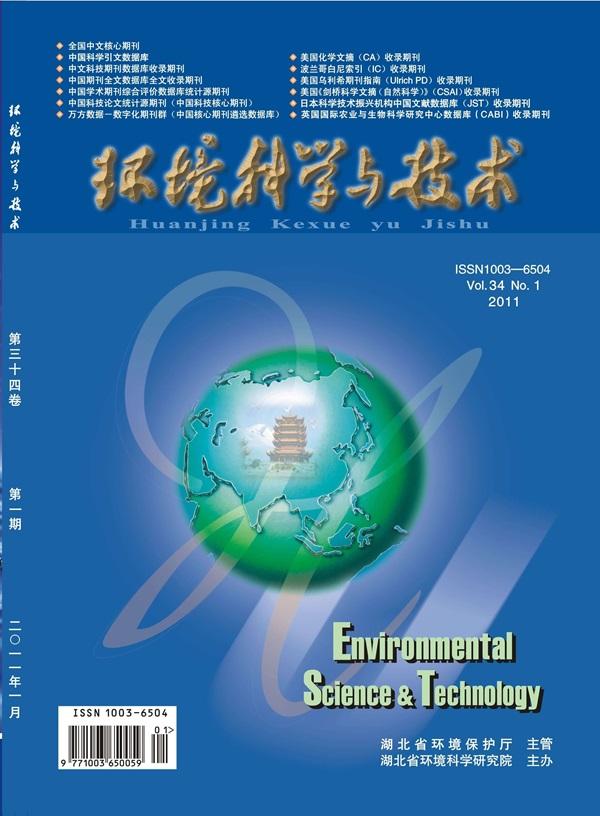金属纳米颗粒在水生食物链中的营养转移降低了其毒性差异
IF 10.8
1区 环境科学与生态学
Q1 ENGINEERING, ENVIRONMENTAL
引用次数: 0
摘要
工程纳米粒子(ENP)威胁着水生生态系统,因为它们在整个生命周期中越来越多地释放到水生环境中,而水生环境是大多数污染物的汇集地。食物网如何应对 ENP 或 ENP 如何塑造食物网仍不清楚。在这里,我们报告了四种 ENPs 在水生食物链中的环境行为和毒性,重点关注它们的吸收、净化和营养传递效率。虽然没有观察到生物蓄积或生物放大现象,但 ENPs 的特性和生物转化对其在 Eubranchipus vernalis-Oryzias latipes 食物链中的吸收率和净化率有显著影响。我们还强调了颗粒特性和暴露途径对毒性的影响,揭示了氧化应激导致线粒体损伤,从而导致各种组织细胞功能障碍。从ENP特性差异的角度来看,硫化和表面涂层累积会大大降低和收敛ENP对黄颡鱼的毒性。这些发现首次表明,食物链会根据不同ENP成分的积累和转化对水生毒性产生强烈的调节作用,这可能有助于人们了解ENP的环境归宿。本文章由计算机程序翻译,如有差异,请以英文原文为准。

Trophic Transfer of Metal Nanoparticles in an Aquatic Food Chain Diminishes Their Toxicity Disparities
Engineered nanoparticles (ENP) threaten aquatic ecosystems as they are increasingly released into the aquatic environment, which is the sink for most contaminants, throughout their life cycle. How the food web responds to ENPs or how they shape the food web remains unclear. Here, we report the environmental behavior and toxicity of four ENPs in an aquatic food chain, focusing on their uptake, depuration, and trophic transfer efficiency. While no bioaccumulation or biomagnification was observed, the properties and biotransformation of the ENPs significantly influenced their uptake and depuration rates in the Eubranchipus vernalis-Oryzias latipes food chain. We also highlight the impact of particle properties and exposure pathways on toxicity, revealing that oxidative stress leads to mitochondrial damage, contributing to cellular dysfunction in various tissues. Sulfidation and surface coating accumulation strongly diminish and converge the ENP toxicity to O. latipes in terms of ENP property disparity. For the first time, these findings suggest that the food chain strongly modulates aquatic toxicity based on the accumulation and transformation of different ENP components, which may shed light on the understanding of the environmental fate of ENPs.
求助全文
通过发布文献求助,成功后即可免费获取论文全文。
去求助
来源期刊

环境科学与技术
环境科学-工程:环境
CiteScore
17.50
自引率
9.60%
发文量
12359
审稿时长
2.8 months
期刊介绍:
Environmental Science & Technology (ES&T) is a co-sponsored academic and technical magazine by the Hubei Provincial Environmental Protection Bureau and the Hubei Provincial Academy of Environmental Sciences.
Environmental Science & Technology (ES&T) holds the status of Chinese core journals, scientific papers source journals of China, Chinese Science Citation Database source journals, and Chinese Academic Journal Comprehensive Evaluation Database source journals. This publication focuses on the academic field of environmental protection, featuring articles related to environmental protection and technical advancements.
 求助内容:
求助内容: 应助结果提醒方式:
应助结果提醒方式:


